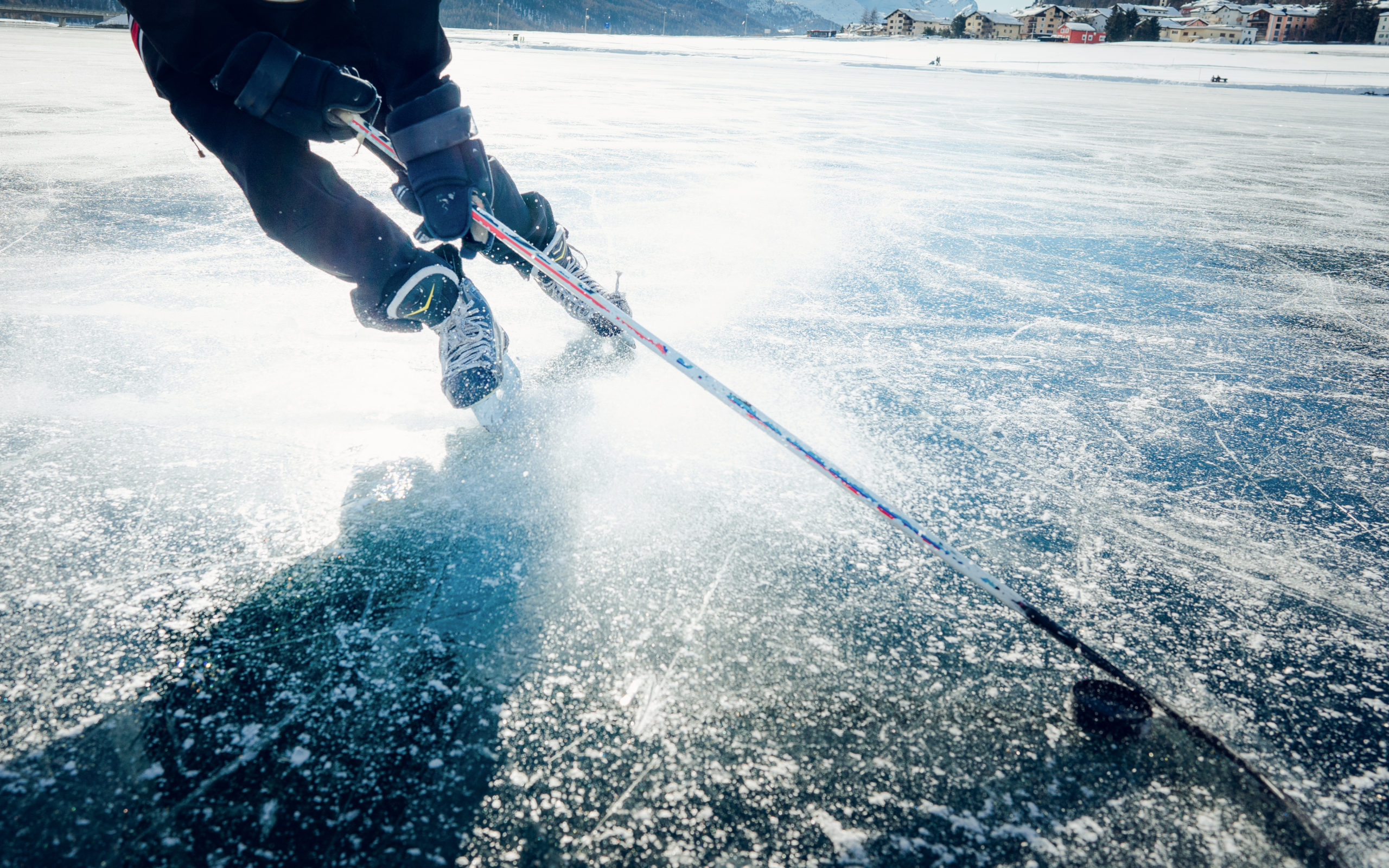Medial Collateral Ligament (MCL) Tear
What Is A MCL Sprain ?
The medial collateral ligament (MCL) is one of the 2 collateral knee ligaments and is the one found on the inside or medial side of the knee. The collateral ligaments stop the side to side movement of the knee. An injury to the MCL usually occurs when a person is bearing weight and the knee is forced inward by a blow to the outside of the knee.
What Are The Symptoms?
Pain is located on the inside or medial aspect of your knee. A patient may hear or feel a pop, experience swelling, stiffness, and feel that their knee is unstable particularly with twisting movements. MCL sprains are graded from 1 to 3:
- Grade 1- Mild sprain where the ligament is stretched but not town
- Grade 2- Moderate sprain with partial tearing of the ligament
- Grade 3- Severe sprain with complete tear of the ligament
How Is It Treated?
Unlike the ACL, the MCL has an excellent blood supply, therefore the majority of patients with MCL injuries will get better with conservative treatments but may require activity modification until symptoms resolve. Grade 1 sprains may be treated with ice, NSAIDs and compression bandages to help with swelling reduction. Treatment for Grade 2 sprains may also include a specialized hinged knee brace, crutches, and physical therapy. Most Grade 3 tears will likewise heal without surgery but can take 6-10 weeks for complete healing. Selected MCL tears may be candidates for accelerated healing with PRP injections.
When Is Surgery Recommended?
Surgery is indicated for certain patterns of Grade 3 MCL sprains or Grade 2 or 3 MCL sprains that remain unstable despite conservative treatments. This is an outpatient surgery and requires a small open incision on the inside of the knee to repair or reconstruct the torn ligament. Drs. Frush, Silas, Bak and Moore all treat MCL injuries.


